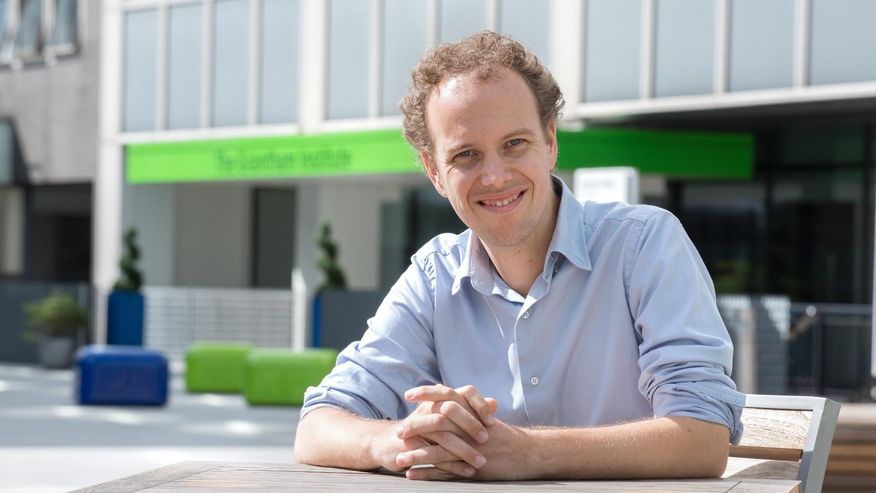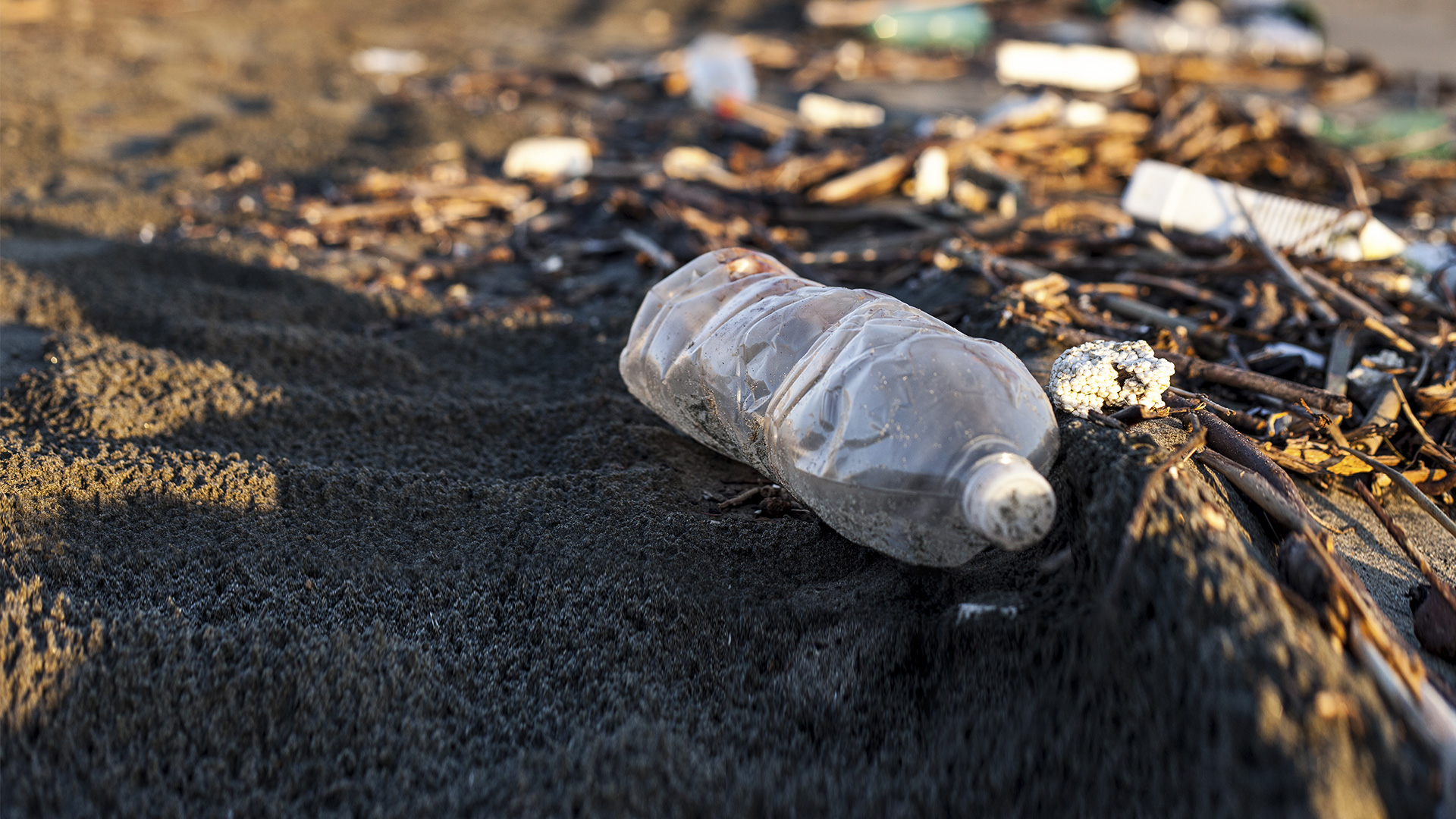Engineering ourselves out of the ocean plastic pollution problem
There's an enormous amount of plastic in the ocean. Our best estimates suggest there are a few hundred thousand tonnes floating in the ocean, and at least tens of millions of tonnes more on the seafloor, on beaches, and in marine animals.
Particularly worrying is the plastic in marine animals. While we don't know the full scope of the harm done when animals ingest tiny pieces of plastic, there's now evidence that oysters, small fish, and probably also seabirds might be affected on a grand ecological scale in some areas.

But the worst is yet to come. Global plastic production has been increasing very rapidly in the last 50 years, from essentially zero to 300 million tonnes annually. And almost everyone expects that this plastic production is only going to go up in the future; the amount of plastic produced in the next ten years could easily be larger than all plastic produced in the last century.
Approximately 40% of all plastic is used for packaging, and of this packaging plastic almost 10% ends up in the ocean. Current trends in globalisation are linked with an increased demand for packaging, and if they continue, the amount of plastic in the ocean will double by 2030.
The Ellen MacArthur Foundation published a report last year about the flow of plastic in our economy, and found that up to 32% of plastic packaging ends up directly in the environment. While this is a shockingly high fraction, what I find even more disturbing is that 28% of all the plastic collected for recycling is also lost during the processing, likely ending up in the environment too.
In other words, the chance of a plastic wrapper ending up in the ocean are not much decreased when you put it in the recycling bin.
So what do we do about all that plastic that's coming our way? Cleaning it up would be a good start, of course. But let's do that where it's most effective and efficient. I recently went on my first beach-clean, joining a group of Royal Society for the Protection of Birds (RSPB) volunteers on the South coast of the United Kingdom. Cleaning up plastics from beaches is not only a very cheap way of cleaning up ocean plastic (because most plastic that's on beaches will be pulled back into the ocean with the next storm), it's also proven to be good for your mental health.
But unless we stem the tsunami of plastic coming our way in the next ten years, cleaning will be futile. We need to make sure the plastic doesn't reach the ocean in the first place.
There's broadly two strategies for preventing plastic entering our environments: policy and engineering. While the first one has attracted a lot of attention and traction (see the recent bans on microbeads in the United States and UK, and the charge for plastic bags brought in by many countries around the world), engineering solutions have so far been largely overlooked.
Yet, engineering can lead to broader and more lasting solutions. Take the microbeads. Following grass-roots campaigns and a parliamentary inquiry by the Environmental Audit Committee, the UK will now be banning the use of these tiny pieces of plastics in cosmetics. However, microbeads are only 0.1% of all plastic entering the ocean in the UK. We haven't dealt with the other 99.9% yet. Engineering solutions that improve waste-water treatment facilities to capture all plastic from sewerage would not only stop the microbeads, but also the much more prevalent 'micro-fibres' that break off from synthetic garments when they are being washed.
This case clearly show how engineering solutions could have a broader positive impact than the policy solutions. Plastic is a useful and important material for many reasons, and we clearly can't keep on banning every type until we've reduced the amount of plastic entering the ocean to zero. Instead, the engineering approach encourages us to be smart about improving our leaky waste infrastructure.
I'm not an engineer myself, but I'm very keen to work with them. To stem the plastic pollution problem, we need interdisciplinary research between scientists, engineers and policymakers. That research needs to be international, because our plastic waste knows no borders. Only an all-in effort can plug the holes in our leaky waste streams.




